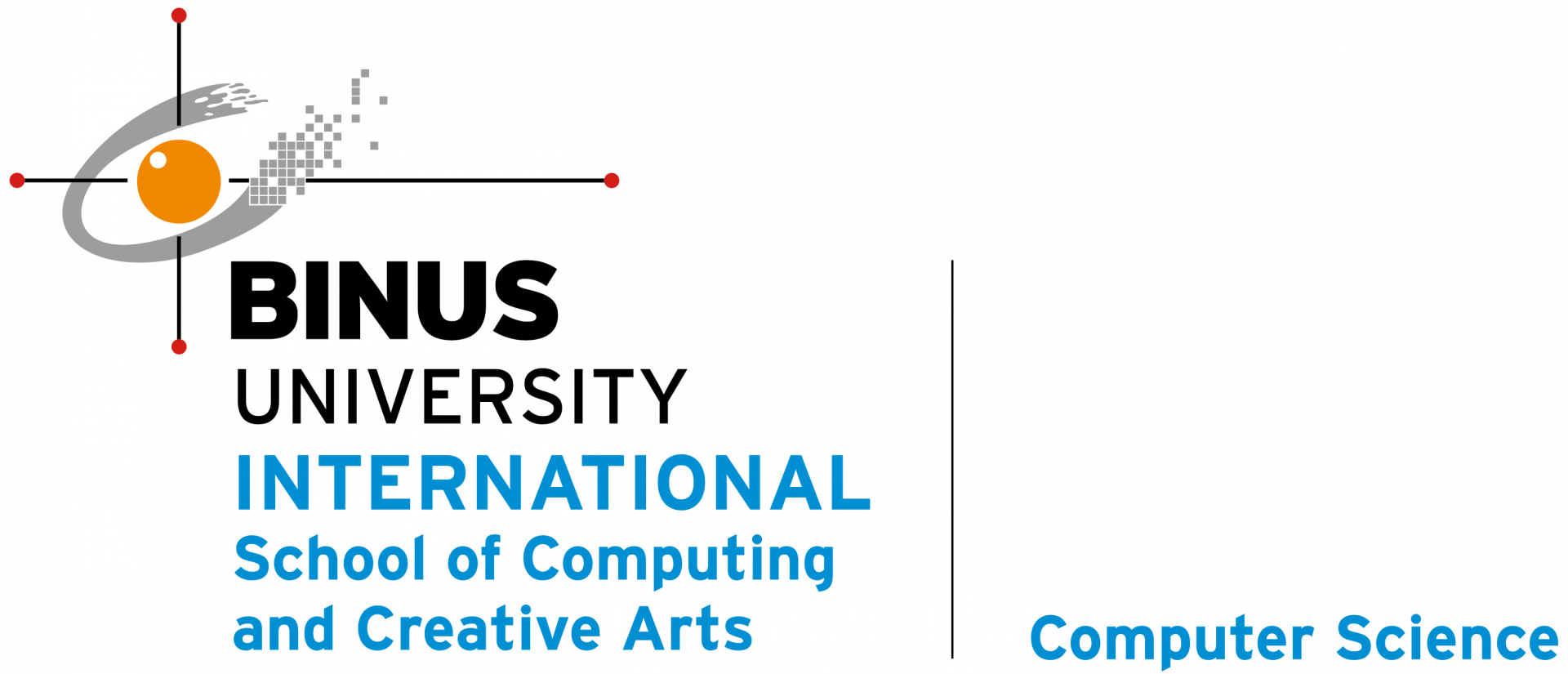Industry 4.0 in Indonesia
By: Nunung Nurul Qomariyah, Ph.D
Industry 4.0 is an umbrella term for various technology trends such as the Internet of Things (IoT), cloud computing, and artificial intelligence. As a term, Industry 4.0 begin to popularize in 2011 by the German government to promote the use of computerization in manufacturing [1]. As an umbrella term, Industry 4.0 also might be used interchangeably with similar umbrella terms such as Smart City in the residential sector or a related term such as Service 4.0, Work 4.0 and Government 4.0 [2]. The goal of industry 4.0 is to apply all the principles such as interconnection, cybersecurity to artificial intelligence in all layer of an industrial process.
Industry 4.0 also can be seen as a process of transition instead as an object. When Industry 4.0 seen as a process, there are several actors, technological, and social aspects that need to be considered in analyzing this transition. As a process, the successful implementation of Industry 4.0 not only depending on the company or its industry readiness but also other critical factors such as government, education and social support in the industry 4.0 transition.
In Indonesia, as a concept, Industry 4.0 is not something new. The technology trends that shape Industry 4.0 is already available since the early 2000s during the rise of internet-based technology or since the early 2010s during the rise of the smartphone. The cloud computing for example also predates the industry 4.0 concept that just comes recently. The introduction of automation in the industry also is not something new. The technological transition of the industry 4.0 supporting technology is happened in the past already, with some transition is still ongoing.
References:
[1] Stock, Tim, and G¨unther Seliger. ”Opportunities of sustainable manufacturing in industry 4.0.” Procedia CIRP, vol. 40, pp. 536-541, 2016.
[2] Lee, Jay, Hung-An Kao, and Shanhu Yang. ”Service innovation and smart analytics for industry 4.0 and big data environment,” Procedia CIRP, vol. 16, pp. 3-8, 2014.

